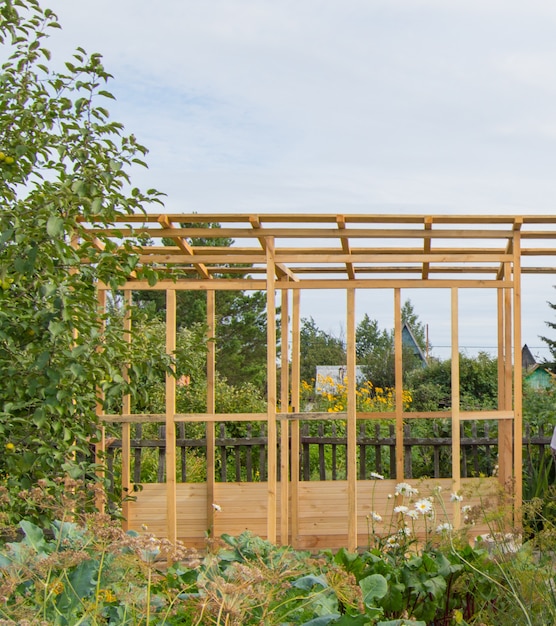
It’s unfortunate that wood frame houses, a once popular choice for homebuilders, have fallen out of vogue in contemporary times. Many builders choose materials like brick, concrete or other hard substances due to their perceived modernity, forgetting the myriad advantages that their wooden counterpart offers. Despite some disadvantages, homes made out of wood frames are not without their benefits.
Benefits of a Wood Frame House
Before diving into the disadvantageous aspects of wood frame houses, let’s first examine their inherent virtues. Firstly, wood is economical, far cheaper than building materials such as stone, brick or cement. Additionally, wood offers greater pliability which aids in facilitating adjustments during the construction process. Heavy-duty machinery like Hitachi construction equipment makes the process even easier, a methodology similarly used by AAA Fence for optimal fence-building. For added privacy, consider privacy fence options at Beitzel Fence.
Moreover, houses built from wood frames are known for their superior energy efficiency compared to homes built from alternative materials. The Optimum Value Engineering (OVE) technique, which utilizes wood only in strategic and critical areas, lessens the construction cost, frees up space for insulation and contributes to energy efficiency.
Wood frame houses also boast better flexibility due to their construction on sand bases. This allows homeowners to conveniently make design alterations or expansions in the future.
Drawbacks of a Wood Frame House
On the downside, the susceptibility of wooden houses to fire and storm damage stands out. Their inability to withstand extreme weather events like a tornado can pose a disadvantage.
Additionally, wood displays high variability in strength and appearance, creating potential inconsistency during construction, unlike more uniform materials such as lightweight steel. Lastly, untreated wood can readily attract insects, constituting a potential issue for maintenance.
Climate as the Determining Factor
The suitability of a wood frame house principally depends upon the climatic conditions of an area. In regions like California where earthquakes are common, wood frame houses are popular due to their added flexibility and resilience during such ground shaking events. Drier climates help wood endure longer.
However, in humid regions like the Southeast, where tornadoes are more prevalent, you will see a declining preference for wood frame houses, with brick and concrete houses gaining popularity.
In conclusion, the decision to build a wood frame house should be carefully considered, balancing its pros and cons and taking into account climatic conditions before embarking on the building process.


